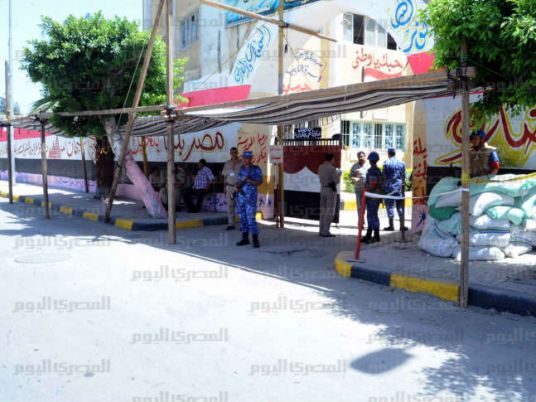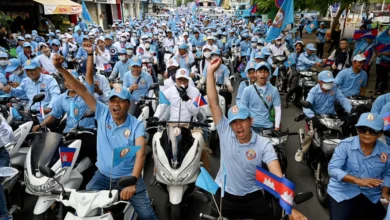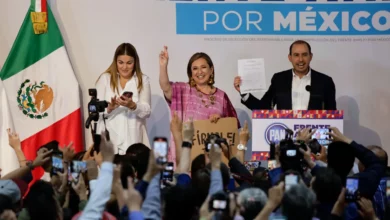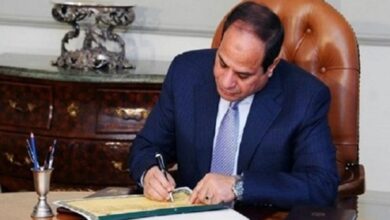
Anwar al-Assy, head of the High Elections Committee, said the reasons there were no queues of voters in the presidential election of 2014 were because sub-committees were increased from 13,099 to 13,899 and modern technology was used to facilitate the voting process.
During 26, 27 and 28 May, voters chose between former Defense Minister Abdel Fattah al-Sisi, who ousted the former Muslim Brotherhood president Mohamed Morsy last summer, and liberal candidate Hamdeen Sabbahi.
Many voters say they were able to walk in and out of the polling station to vote, only taking mere minutes.
Turnout in the 2014 presidential elections were so low, that the government extended voting an extra day. Officials in the Sisi campaign estimate that turnout was around 40 to 50 percent, though the Sabbahi campaign claimed turnout was around 10 percent. Critics say the Sisi campaign numbers were inflated.
The subject of voter turnout is of fierce debate as a low turnout would signal a loss of public credibility to the new government who ousted Morsy, who was Egypt's first democratically-elected president. The presidential elections and the constitutional referendum were part of the political roadmap to show that the military-led interim government had the support of the people.
Many in the government have cited a heat wave for low turnout, but international observers criticized the environment of political repression in which the elections were held, causing voters to perceive Sisi as the inevitable winner of the elections.
Government officials also offered all types of carrots and sticks to punish and convince voters to show up at the polling stations, such as public holidays, free transportation and crippling fines for those who did not show up to vote.




